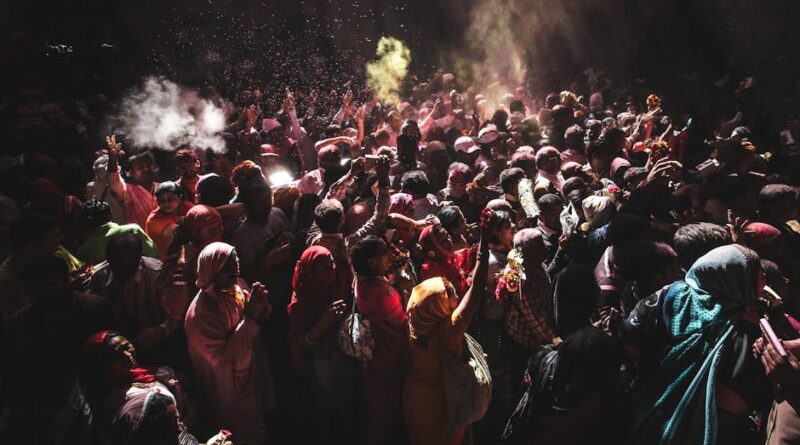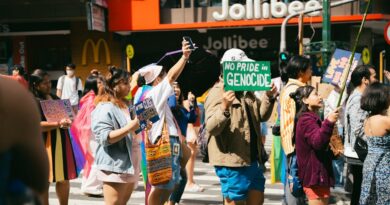Embracing Diversity: A Guide to Celebrating Cultural Differences
Cultural diversity is a beautiful tapestry that weaves together various traditions, beliefs, languages, and lifestyles. It enriches our lives, broadens our perspectives, and fosters understanding and harmony among people from different backgrounds. In a world that is increasingly interconnected, celebrating cultural diversity is not just a choice but a necessity. It is a way to honor the uniqueness of each culture while promoting inclusivity and mutual respect.
How can we celebrate cultural diversity in our daily lives? What are the benefits of embracing different cultures? In this comprehensive guide, we will explore the various ways in which we can celebrate cultural diversity, from fostering intercultural communication to participating in multicultural events. Let’s dive into the rich tapestry of human experience and discover the beauty of cultural diversity.
The Importance of Cultural Diversity
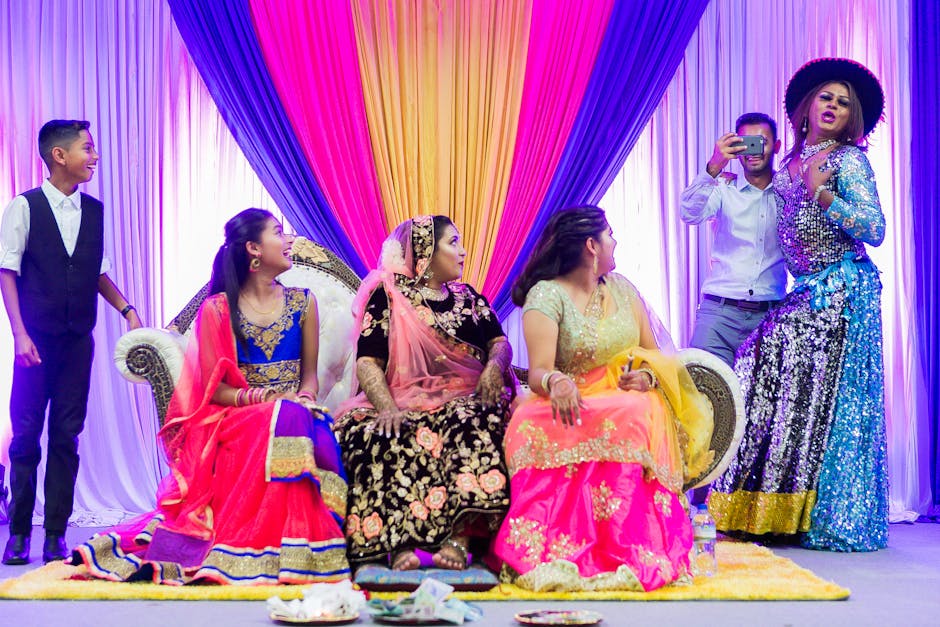
Cultural diversity is more than just a buzzword it is a fundamental aspect of human society. Diversity encompasses a range of factors, including race, ethnicity, gender, sexual orientation, age, religion, and socioeconomic status. Embracing cultural diversity has numerous benefits, both on a personal and societal level.
One of the key advantages of cultural diversity is the opportunity to learn from different perspectives. When we interact with people from diverse backgrounds, we gain new insights, challenge our assumptions, and broaden our horizons. This can lead to increased creativity, innovation, and problem-solving skills.
Moreover, cultural diversity promotes inclusivity and social cohesion. By celebrating different cultures, we create a sense of belonging and unity among individuals from various backgrounds. This can help reduce prejudice, discrimination, and social inequality, fostering a more harmonious and egalitarian society.
Research has also shown that diverse teams are more successful in various fields, including business, education, and research. By bringing together individuals with different experiences and perspectives, organizations can achieve better outcomes and make more informed decisions.
Fostering Cross-Cultural Communication

One of the most effective ways to celebrate cultural diversity is by fostering cross-cultural communication. This involves actively engaging with people from different backgrounds, listening to their stories, and sharing your own experiences. By building meaningful connections with individuals from diverse cultures, you can gain a deeper understanding of their traditions, values, and beliefs.
Effective cross-cultural communication requires empathy, openness, and respect. It is essential to approach interactions with a willingness to learn and a spirit of curiosity. Ask questions, seek clarification, and be attentive to non-verbal cues to enhance mutual understanding.
Language is a powerful tool for cross-cultural communication. Learning a new language can open doors to different cultures and facilitate meaningful exchanges with native speakers. Even if you are not fluent in a particular language, making an effort to learn basic phrases can show respect and appreciation for the culture.
Participating in language exchange programs, cultural workshops, and intercultural events can also enhance cross-cultural communication skills. These activities provide opportunities to interact with people from diverse backgrounds in a supportive and inclusive environment.
Exploring Cultural Festivals and Events
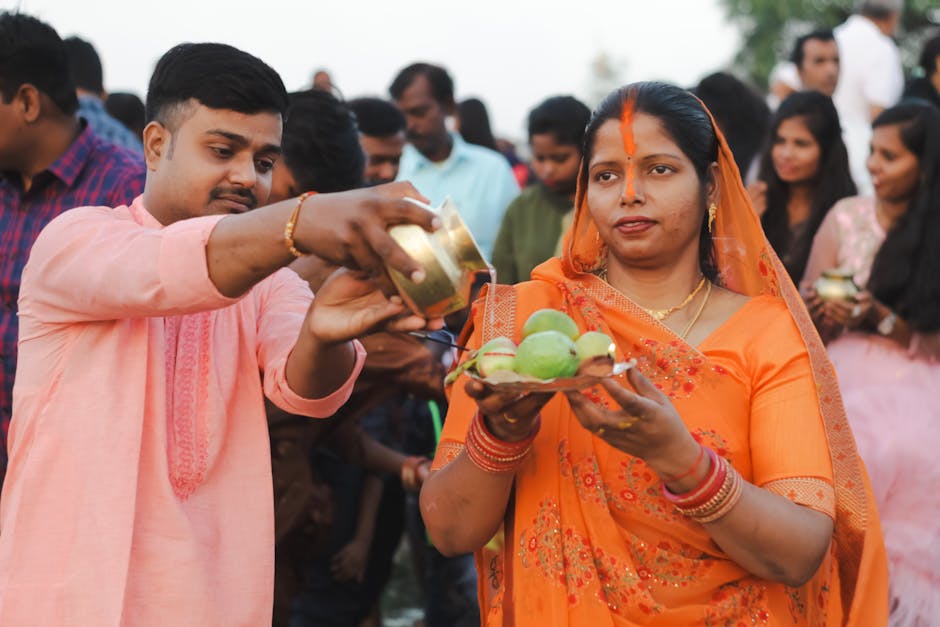
Cultural festivals and events are vibrant celebrations of diversity that showcase the rich heritage and traditions of different cultures. Attending these gatherings can be a fun and educational way to learn about various customs, cuisines, music, dance, and art forms.
From Diwali in India to Carnival in Brazil, cultural festivals offer a glimpse into the unique rituals and practices of different communities. By immersing yourself in these cultural experiences, you can gain a deeper appreciation for the diversity of human expression and creativity.
Many cities around the world host multicultural festivals that bring together people from diverse backgrounds to celebrate their heritage. These events often feature traditional performances, culinary delights, handicrafts, and interactive activities that engage participants of all ages.
Volunteering at cultural festivals and events is another way to actively support and promote diversity. By assisting with organizing, setting up, or coordinating activities, you can contribute to the success of the event while building connections with people from different cultures.
Supporting Diversity in the Workplace
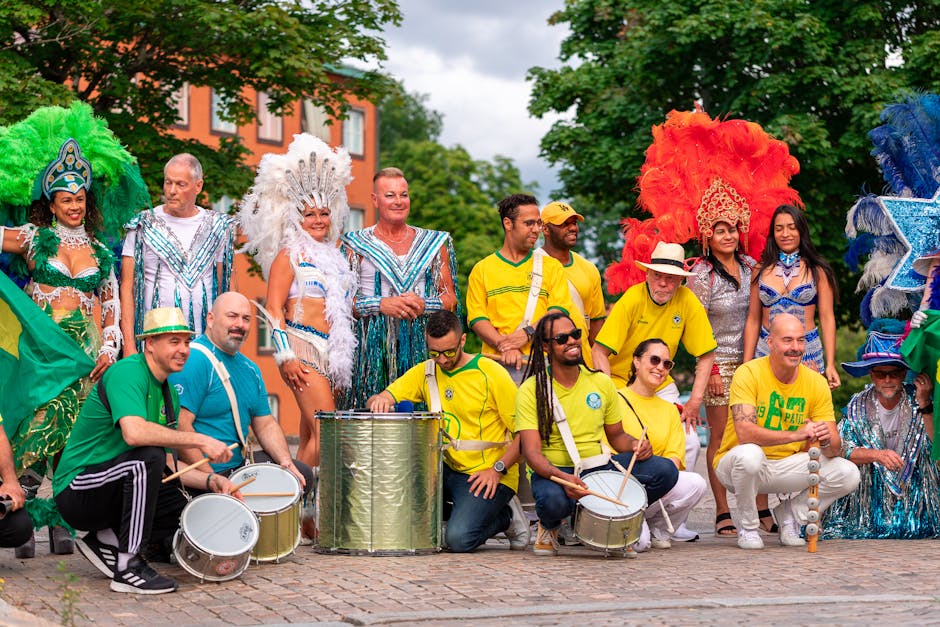
The workplace is a microcosm of society, where individuals from diverse backgrounds come together to collaborate, innovate, and achieve common goals. Embracing cultural diversity in the workplace is essential for creating an inclusive and equitable environment where all employees feel valued and respected.
Employers can support diversity by implementing policies and programs that promote inclusivity and equality. This may include offering diversity training, establishing employee resource groups, and implementing non-discrimination and anti-harassment policies.
Creating a diverse and inclusive workforce can lead to numerous benefits, including higher employee satisfaction, increased creativity, and improved decision-making. By fostering a culture of respect and acceptance, organizations can attract top talent, enhance employee engagement, and drive business success.
Managers play a crucial role in promoting diversity and inclusion in the workplace. By leading by example, fostering open communication, and valuing diverse perspectives, managers can create a supportive and empowering work environment where all employees can thrive.
Challenging Stereotypes and Prejudices
Stereotypes and prejudices are deeply ingrained biases that can hinder our ability to appreciate and celebrate cultural diversity. It is essential to challenge these misconceptions by educating ourselves, confronting our biases, and actively seeking to understand and empathize with people from different backgrounds.
One way to combat stereotypes is by exposing ourselves to diverse media, literature, and art that reflect a range of perspectives and experiences. By consuming content created by diverse authors, artists, and filmmakers, we can broaden our cultural awareness and challenge our preconceived notions.
Engaging in conversations about diversity and inclusion can also help challenge stereotypes and prejudices. By discussing sensitive topics openly and respectfully, we can break down barriers, build bridges, and promote understanding among individuals with different viewpoints.
Advocating for social justice and equality is another way to support cultural diversity and combat discrimination. By participating in social movements, signing petitions, and supporting organizations that promote diversity and inclusion, we can contribute to a more just and equitable society for all.
Celebrating Cultural Diversity in Education
Educational institutions play a crucial role in promoting cultural diversity and fostering intercultural understanding among students. By incorporating diverse perspectives, histories, and experiences into the curriculum, schools can prepare students to thrive in a multicultural world.
Integrating multicultural education into the classroom can help students develop empathy, tolerance, and respect for people from different backgrounds. By learning about the contributions of various cultures to society, students can gain a deeper appreciation for the richness and diversity of human experience.
Teachers can support cultural diversity by creating inclusive learning environments that celebrate students’ diverse backgrounds and experiences. By incorporating diverse literature, music, art, and history into the curriculum, teachers can help students develop a more nuanced understanding of the world around them.
Encouraging students to participate in cultural exchange programs, language immersion courses, and multicultural activities can also enhance their appreciation for diversity. By exposing students to different cultures and traditions, schools can foster a spirit of curiosity, empathy, and global citizenship among future generations.
Common Misconceptions about Cultural Diversity
Despite the many benefits of cultural diversity, there are several common misconceptions that can hinder our ability to celebrate and embrace different cultures. One of the most prevalent misconceptions is the belief that cultural diversity leads to division and conflict.
In reality, cultural diversity is a source of strength and resilience that can enrich our societies and foster unity among individuals from different backgrounds. By promoting inclusivity, respect, and understanding, we can build a more harmonious and peaceful world where diversity is celebrated and valued.
Another misconception about cultural diversity is the notion that it threatens national identity and cohesion. In fact, embracing diversity can enhance national identity by highlighting the unique contributions of different cultures to the collective heritage of a country.
By challenging these misconceptions and promoting a more inclusive and accepting society, we can create a world where cultural diversity is celebrated and cherished as a precious gift that enriches our lives and communities.
Conclusion
In conclusion, celebrating cultural diversity is not just a moral imperative but a practical necessity in our increasingly interconnected world. By fostering cross-cultural communication, attending cultural festivals, supporting diversity in the workplace, challenging stereotypes, and promoting multicultural education, we can create a more inclusive and harmonious society where all individuals are valued and respected.
As we navigate the complexities of a globalized world, it is essential to embrace the beauty of cultural diversity and recognize the richness of human experience that it brings. By celebrating our differences and finding common ground, we can build a more equitable, compassionate, and understanding world where diversity is not just tolerated but embraced as a source of strength and unity.
So, let’s come together, learn from one another, and celebrate the wealth of cultural diversity that surrounds us. In doing so, we can create a more inclusive, equitable, and harmonious world for present and future generations to enjoy.

